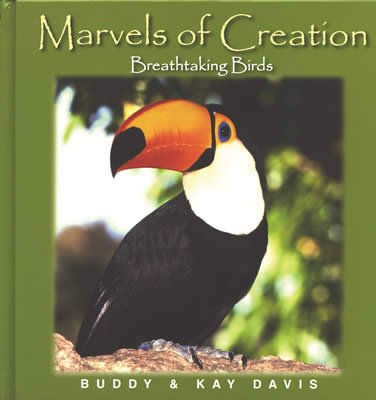The osprey of North America, known as the fish hawk, is successful 90 percent of the time at making its catch.

The osprey of North America, known as the fish hawk, is successful 90 percent of the time at making its catch. It soars 25 to 100 feet (7.62 to 30.5 m) above fresh or salt water using its keen eyesight to spot a fish. When it sees the target, it will dive into the water, creating a huge splash. The osprey disappears under the water surface for a second, then becomes airborne again with a fish hooked in its sharp talons. It shakes the water from its feathers in midair and repositions the fish so its head is pointed forward, reducing flight drag. It then flies to a perch to enjoy its meal. Not all catches are so dramatic. Sometimes it is fortunate enough to catch a fish with only the feet having to enter the water.
The osprey mainly eats fish but has been known to occasionally take small birds, rodents, snakes, frogs, and sometimes ducks. If a bald eagle is close enough and sees an osprey catch a fish, it will dive at the osprey causing the osprey to drop the fish in flight and many times the eagle will catch the fish before it hits the water.
The osprey is about the size of a small eagle with a 5-foot (1.5 m) wingspan. The undersides of the feet of an osprey are designed to hold slippery fish. They are covered with spiny scales to create a grip. Two long toes point forward and two point backward aided by sharp talons which assure successful strikes.
The head of the osprey has a short crest, which is an off-white color, and there is a dark mask running through the eye joining the dark brown plumage on the back. The eyes are yellow-orange and the beak is black. The belly is whitish.
Ospreys live on every continent except Antarctica, nesting in colonies or singly in dead or partially dead trees close to the water. The osprey is almost cosmopolitan and sometimes builds nests on utility poles, chimneys, and buildings, using sticks, bones, seaweed, corn stalks, and beach junk. The nest is added to each year and can end up weighing one-half ton (454 kg), lasting for decades.
The osprey lays two to four eggs that are a white-to-pinkish color with dark spots. In North America, the female does the incubating but in other parts of the world the eggs may be incubated by both sexes. The male will feed the female during incubation, which lasts 35 to 38 days. The young chicks will make their first flight in 7 or 8 weeks.
Osprey
Falconiformes • Pandionidae • Pandion haliaetus
Length: 22 inches (55 cm)
Wing Span: 54–72 inches (1.27–1.83 m)
Life Span: 21 years
Special Design Feature: The undersides of an
osprey’s feet are covered with spiny scales and
its long toes have sharply curved talons to hold
onto slippery fish.
Did You Know? The osprey is successful in 90
percent of its attempts to catch fish, a
remarkable average among predators.
Marvels of Creation: Breathtaking Birds
This spectacular book brings the world of feathered creatures alive in a unique and colorful way.
Browse Kids Book- © 2025 Answers in Genesis
- Privacy Policy
- Contact
- About

